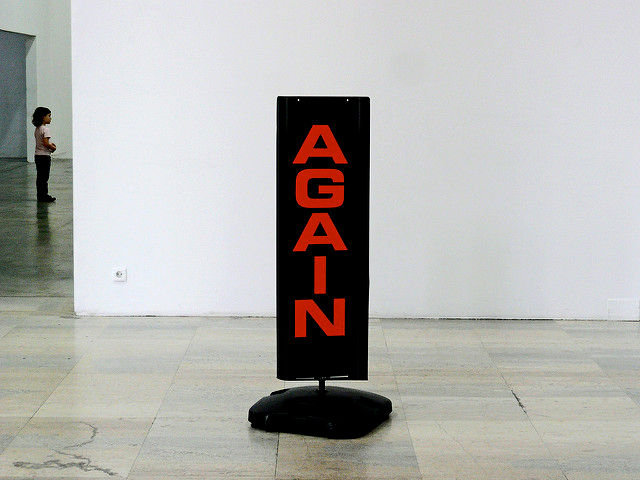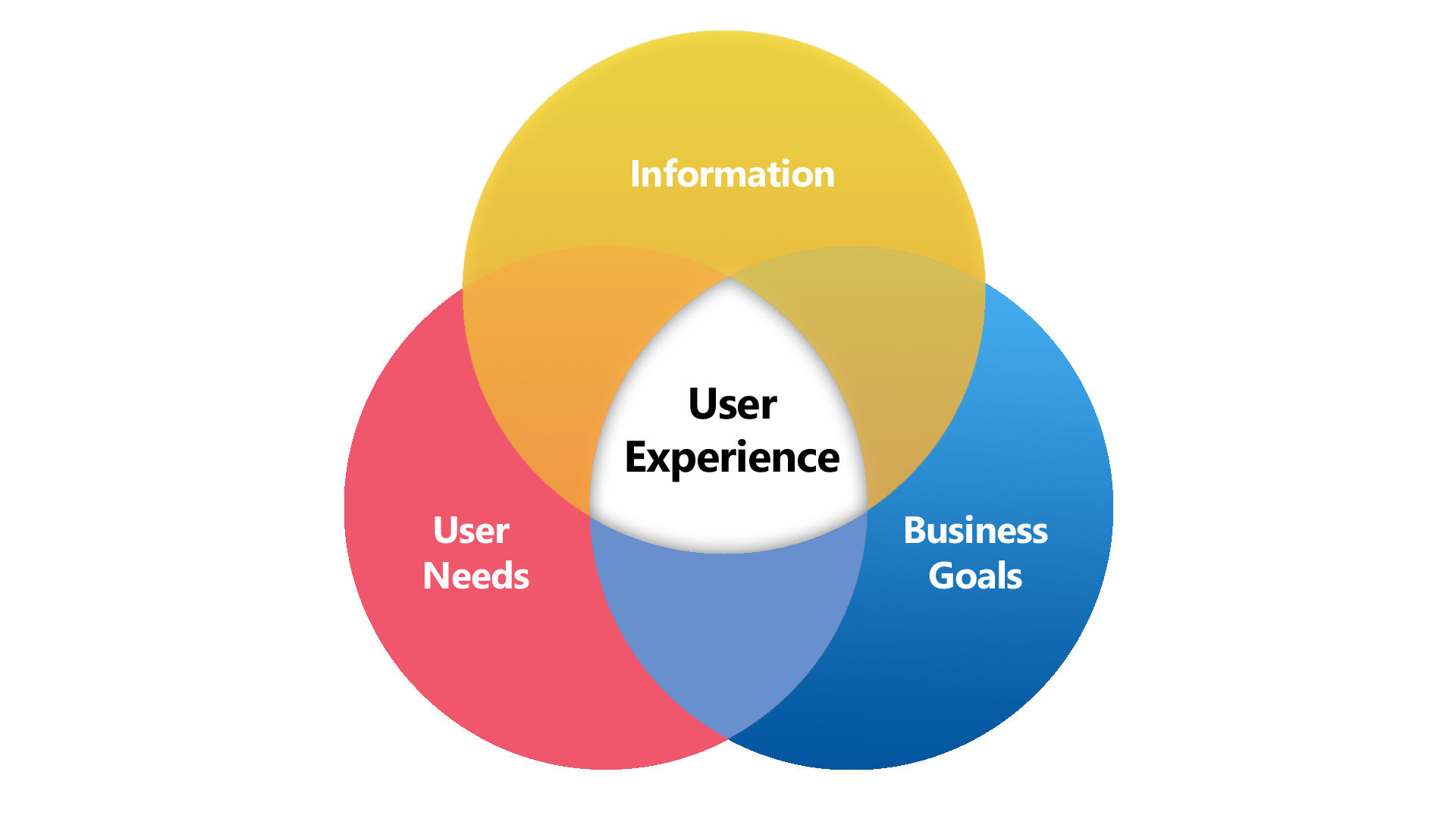It can be tricky when you write for users as opposed to writing to be read. You see, the ideal UX copy often isn’t exciting or entertaining – it’s incredibly brief and very informative and completely un-intrusive when viewed as part of the overall user experience. That means writing to a set of basic principles that focus on the user experience and not the reading experience. Let’s take a look:
1. Relying on Intuition
When they designed that floppy disk icon for saving files; they knew that we would intuitively make the leap between the shape and the action. The best UX writing tries to achieve a similar outcome. You want to keep things as simple as possible and help the user make intuitive leaps. It’s a tough call to make because if you make things too simple; it feels like spoon feeding. But if you don’t make it simple enough; there’s too much of a gap for an intuitive leap.
2. Wield the Axe and then Do it Again

Author/Copyright holder: Tom Waterhouse. Copyright terms and licence: CC BY-NC 2.0
Go through your copy and ask “what purpose does it serve?” Ask the question in context too; experienced users being introduced to advanced functions are likely to need far less hand-holding than a brand new user on their first trial of the system. Be ruthless; if your copy doesn’t serve a purpose – kill it. Ask users during tests and get their feedback on whether text is helpful or not.
3. Let Text Disappear
You may want to consider whether your text needs to remain in position throughout the lifetime of your product too. Those little helpful hint mouseovers that I loved when I first used your product? Well, they drive me crazy now. Every time I move a mouse – I get some feedback on how to do something I already know how to do.
It’s also a good idea to let the graphics do the talking wherever possible. We may no longer have floppy discs in the office but we still all know what that icon means.
4. Keep the in Mind at All Times

Author/Copyright holder: Borys Kozielski. Copyright terms and licence: CC BY 4.0
When I write an article; I kind of hope that someone will read it and that they will remember it. That’s the purpose of written copy (at least it is here at the UX Daily and at every other magazine in existence too). Product copy’s not the same. The best copy is forgotten as part of the overall experience. It doesn’t matter how good your words are, the big question is; “do they enhance the user experience?” if they don’t – they have to go.
5. Work With Others
There’s no reason that a writer needs to be a solo professional. The best work normally comes from working with others. Get your designers, developers, etc. together and ask them what they would do. Do the same thing with users. If you want your words to enhance the experience; talk to people having the experience. Your words are much more likely to add value if you do.
Reference
Hero Image: Author/Copyright holder: OuadiO. Copyright terms and licence: CC BY-NC-ND 2.0













